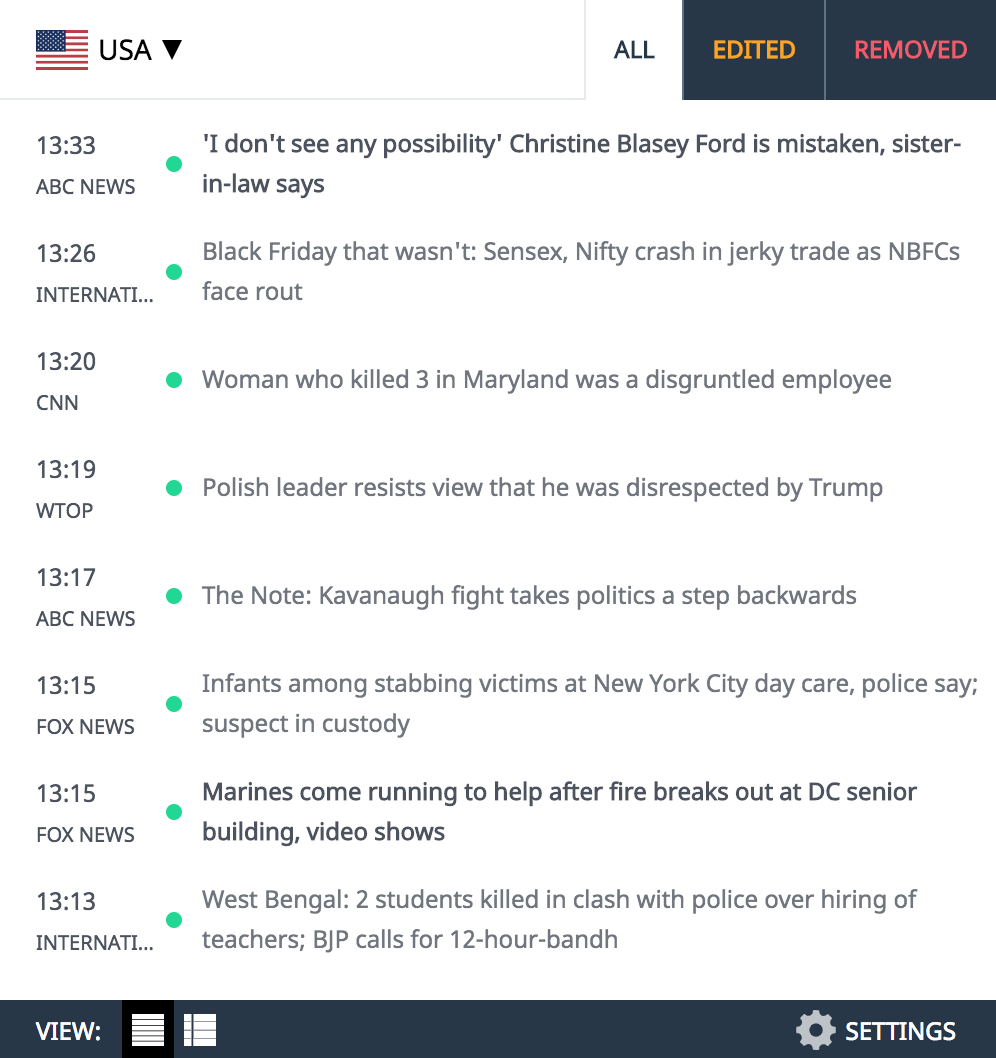SYDNEY – A consortium led by Australian billionaire Mike Cannon-Brookes that includes Quinbrook Infrastructure Partners is in final discussions to acquire collapsed solar megaproject Sun Cable, people with knowledge of the matter said.
Sun Cable is a A$30 billion (S$26.5 billion) project to build Australia’s largest solar farm and transmit the power by subsea cable to Singapore.
The technology tycoon’s family office, Grok Ventures, is nearing a deal with FTI Consulting, administrators for Sun Cable, after vying for the asset against Squadron Energy, according to the people.
Deliberations are ongoing and there’s no certainty they’ll result in a deal, the people said, asking not to be identified discussing confidential information. Representatives for Grok and Quinbrook declined to comment, while spokespeople for Squadron and FTI didn’t immediately respond to requests for comment.
News of the talks were reported earlier on Thursday by The Australian.
Sun Cable entered into voluntary administration in January after its shareholders failed to reach consensus on its future direction and funding. FTI appointed MA Moelis Australia as an adviser soon after as it planned to take to take binding offers for a recapitalisation of the firm.
Both Cannon-Brookes and Andrew Forrest, a mining billionaire who owns Squadron, had invested in the startup.
The collapse of Sun Cable has become a turning point for Cannon-Brookes and Forrest, former allies who are now backing different approaches to Australia’s green energy transition.
Forrest, founder of iron-ore miner Fortescue Metals Group Ltd., assembled Australia’s largest renewables platform with Squadron after purchasing developer CWP Renewables Pty late last year. Cannon-Brookes, founder of software firm Atlassian Corp., has turned to shareholder activism, haranguing utility AGL Energy Ltd. over its plans to exit coal power.
Forrest is a proponent of developing an export industry for green hydrogen from Australia to energy-hungry Asian countries, while Cannon-Brookes continues to believe in the viability of Sun Cable’s plan to use undersea cabling to transmit solar power.
Singapore’s Minister for Trade and Industry Gan Kim Yong said in a written parliamentary reply in February that the country is not financially affected by the collapse of Sun Cable, and its target to import up to 4 gigawatts of low-carbon electricity by 2035 remains on track.
Sun Cable’s proposal was among more than 20 received by the Energy Market Authority (EMA) in its ongoing requests for proposals for electricity imports. As part of the tender process, the EMA has been clarifying Singapore’s technical requirements with the renewable energy firm, but “has not made any commitment, financial or otherwise”, Mr Gan said then. BLOOMBERG


